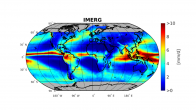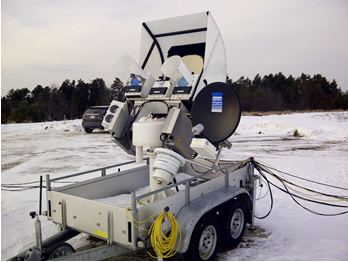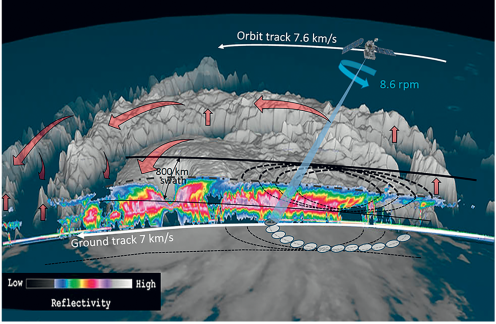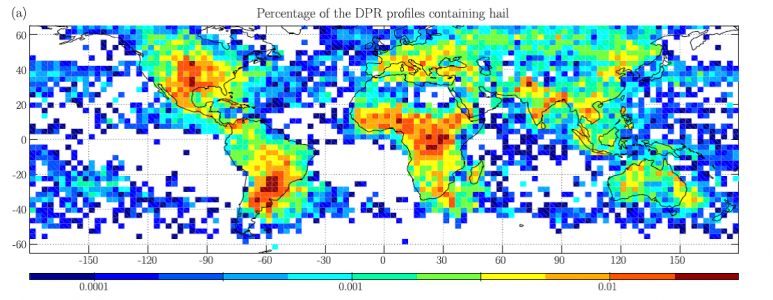PHYSICS OF THE EARTH SYSTEM, PLANETS, SPACE AND CLIMATE
Our research is focused on an improved understanding of our planet’s energy and water cycle and its response to climatic change. The representation of clouds and precipitation in global circulation and numerical weather models remains one of the major roadblock for improving predictions in the short and long range. Synergetic remote sensing observations from both novel space-based and ground-based sensors and their innovative use through the development of new inversion algorithms and adaptive sampling strategies constitute our methodology for improving our understanding of clouds and precipitation in their natural environment and their representation in models.
Research methods include use of ground-based, airborne and space-borne remote sensing measurements collected during field campaigns (https://gpm.nasa.gov/science/ground-validation/field-campaigns), international observatories (e.g. US-ARM facilities https://www.arm.gov/ and CloudNet sites http://www.cloud-net.org/ ) and from ESA, NASA and JAXA satellite missions focused at the observations of clouds and precipitation (e.g the NASA-JAXA Global Precipitation Measuring mission, and the ESA-JAXA EarthCARE, https://earth.esa.int/web/guest/missions/esa-future-missions/earthcare). Thanks to the development of electromagnetic scattering and radiative transfer models the instrumental data are converted into physical properties of clouds and precipitation. The group also conducts studies on numerical models and climate simulations like those carried out to prepare the IPCC reports.
In recognition of our expertise, we periodically attract funding at European and International level from space agencies (ESA-RainCast https://eo4society.esa.int/projects/raincast-scientific-evaluation-of-future-atmospheric-mission-concepts-to-monitor-precipitation/, US-DoE Ice Processes in Antarctica, https://asr.science.energy.gov/projects/10989, UK-CEOI GRaCE, https://ceoi.ac.uk/technologies/radar-sar/radar/), publish scientific papers in high ranking journals and we are members of International Science Teams (NASA-JAXA GPM), Mission Advisory Boards (ESA-JAXA EarthCARE) and International Centres (UK-NCEO).
Our research covers the following thematic areas (in brackets the names of academics involved in each theme):
- Design of future space-borne radar missions for monitoring atmospheric winds, clouds and precipitation (Battaglia): development of end-to-end simulators, feasibility studies, mission design, instrument performance assessment
- Cloud and Precipitation remote sensing (Battaglia): rain and snow climatology, extreme events, inversion techniques, development of Level-2 algorithms for satellite missions.
- Design of the next generation ground-based sensors for cloud and precipitation remote sensing (Battaglia): multi-frequency radars; G-band radars, multi-frequency polarimetric microwave radiometers, Doppler and polarimetric radars.
- Assessment of numerical weather prediction and climate simulations (Battaglia, )
|
|
|
|
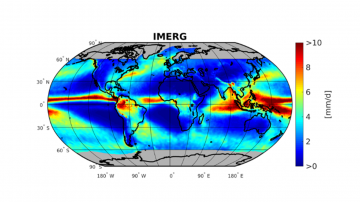 Annual mean accumulation of precipitation from the NASA IMERG product at 0.1˚ x 0.1˚ resolution for 1 June 2000 – 31 May 2020
Annual mean accumulation of precipitation from the NASA IMERG product at 0.1˚ x 0.1˚ resolution for 1 June 2000 – 31 May 2020
